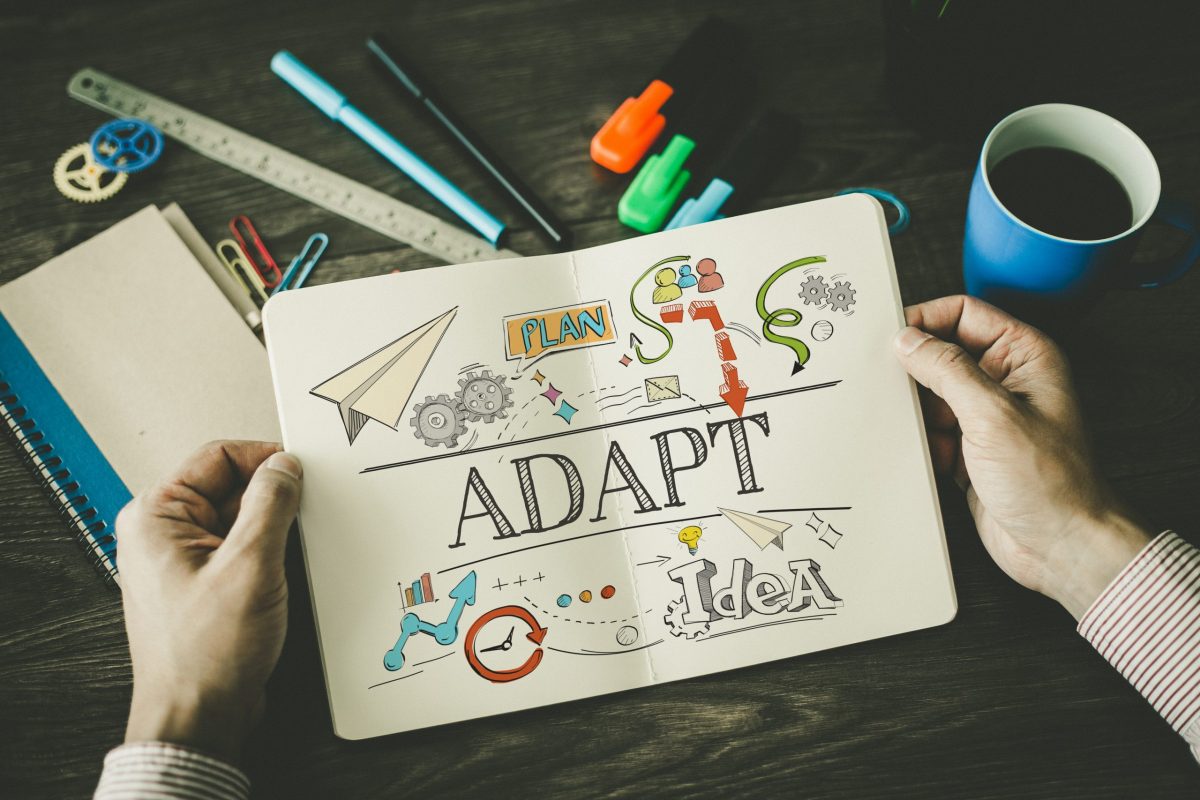
More Free Educational Resources for Nonprofits
07.08.2025 | Linda J. Rosenthal, JD

Within weeks of COVID-19 sweeping through the United States, nonprofits like Philadelphia’s SEAMAAC, an immigrant-assistance organization, had to make decisive pivots for new circumstances and challenges. Unlike the groups we featured in Part Three of this series that largely shut down on-site operations because of the pandemic restrictions, SEAMAAC was classified as an essential-services agency to provide front-line aid to the community.
“Nonprofits have had to respond to probably an unprecedented rate of change and magnitude of change, particularly those nonprofits that are providing front-line services,” said Pedro Ramos, head of the Philadelphia Foundation. “Many had to adapt very quickly ….”
The SEAMAAC experience in March and April of 2020 was replicated many times around the nation, particularly in connection with providing food and housing assistance.
Before COVID-19 slammed into the United States, SEAMAAC was already a well-established nonprofit providing a wide variety of services primarily, but not exclusively, to the Southeast Asia refugee community. It was quickly deluged with the most pressing need of the newly furloughed and unemployed: requests for food assistance. The board and executive staff put major projects, like building a new health center, on hold. SEAMAAC’s headquarters building became a city-sponsored food distribution hub that included delivery services to seniors.
The organization was soon joined in a spontaneous “partnership” with a popular for-profit restaurant, South Philly Barbacoa, that itself was pivoting to the provision of delivered meals to people newly in need. There was also support from Broad Street Ministries, a faith-based group that describes itself as practicing “radical hospitality.” Project HOME, an organization that provides housing and related services to the homeless and low-income people, and Prevention Point, a public health organization, also joined in this effort.
Key factors in the success of this effort (and many similar ad hoc projects around the nation) were the leadership and support of the area’s community foundation, other major philanthropic agencies, and civic officials. The Philadelphia Foundation, the local United Way, and city leaders teamed up to launch the rapid-response PHL COVID-19 Fund to collect and distribute emergency financial support to nonprofits staying open during the pandemic. Even the grantmaking process was a team effort; 33 grantmakers from different organizations reviewed applications.
In an example from a different community, another social services group that regularly offers a wide range of programs to families made a similar pivot early in the pandemic. Its clients, newly laid off or furloughed and also under mandatory stay-at-home orders, suddenly had neither the money for, nor access to, food. This group like SEAMAAC in Philadelphia scrambled to create an emergency food-delivery service and to get it up and running quickly.
But it was clear to this organization’s leaders that a crisis-based program was one thing but continuing to sponsor and operate it for longer than a temporary period was entirely outside its normal expertise or capability. So the nonprofit sought and found a suitable partner to take over the operation; one whose usual focus is “food insecurity and that has the infrastructure to operate the program on an ongoing basis and mechanisms to provide the service safely.”
This is not only a good COVID-19 strategy but also a way for “nonprofits that are likely to survive but are struggling” to “find new efficiencies by creating joint programs or sharing back office services….” According to Lester Olmstead-Rose in Active Partnership: A Sound Strategic Choice (July 29, 2020) La Piana Consulting Blog, this “option entails actively thinking, moving, and changing to take advantage of the moment versus biding time until the pandemic passes.”
“As nonprofits face community threats of joblessness and eviction in droves …, even as the pandemic lingers and many schools and childcare facilities remain shut, nonprofits must find ways of making every potential resource count.” That’s the observation and advice by Deirdre Osei in Spontaneous Collaboration a Go-to Move in the Midst of Disaster (August 21, 2020), The Nonprofit Quarterly. “Some of those come from the spontaneous partnerships that arise when nonprofits work across organizational boundaries at the intersections of things.”
For instance, in Minnesota, the Salvation Army and Connections Shelter collaborated to provide around-the-clock homeless shelters as well as casework activities to help find more permanent housing for people in need in the coming months. “…By working together, both organizations [would] be able to fill gaps for individuals and families who would otherwise have no place to go ….”
“Collaborations can also expand to local companies and business networks, according to Ms. Osei, “especially if they have deep roots within the community or the social problem directly impacts their operations.” In the metropolitan Atlanta area, the MARTA transit system has partnered with local organization HOPE Atlanta to launch a program for homeless individuals who have taken refuge on the transit system. They are “…met with trained street case managers” who are looking for “stable and supportive housing solutions.”
In another housing-collaboration effort during the pandemic, two Michigan, organizations that had previously considered a merger decided to go forward with it. In years past, the Grand Rapids groups had partnered through shared grants, referrals, and large projects. The HQ Runaway & Homeless Youth Drop-In Center is a daytime community and resource center for 14-24 year-olds who are facing “unsafe or unstable housing.” The other nonprofit, 3:11 Youth Housing, provides shelter to 18-24 year-olds. Each will continue current programming while they search for a new brand for the consolidated organizations.
The new leadership team will include staff and board members from both organizations. “The timing was right,” according to Lauren VanKeulen, who had created 3:11 Youth Housing and who will head up the new entity. “It made sense for the youth in the community and made sense for both organizations — two very strong organizations coming together.”
“New times call for creative solutions,” wrote Ruth McCambridge in Not Quite a Merger: An Odd Nonprofit Theater Partnership Blooms in St. Paul (August 13, 2020) “While we have been urged to think about organizational partnerships in little boxes, they really exist along a continuum spanning from relationships between autonomous actors unguided by legal parameters to formal marriages.”
And for interesting insights about how organizations can prepare to collaborate, see Relational Capacity: Why Does Working Together Feel So Damn Hard? (October 7, 2020) Erin Britton, Julie Simpson, & Tim Hausmann, TCC Group. “Collaboration is a nice idea—but not ‘a given.’ And in the social sector, capacity is not born, but built—through coaching, patience acquisition, shifting one’s natural tendencies to control—plus countless other interventions.”
— Linda J. Rosenthal, J.D., FPLG Information & Research Director
